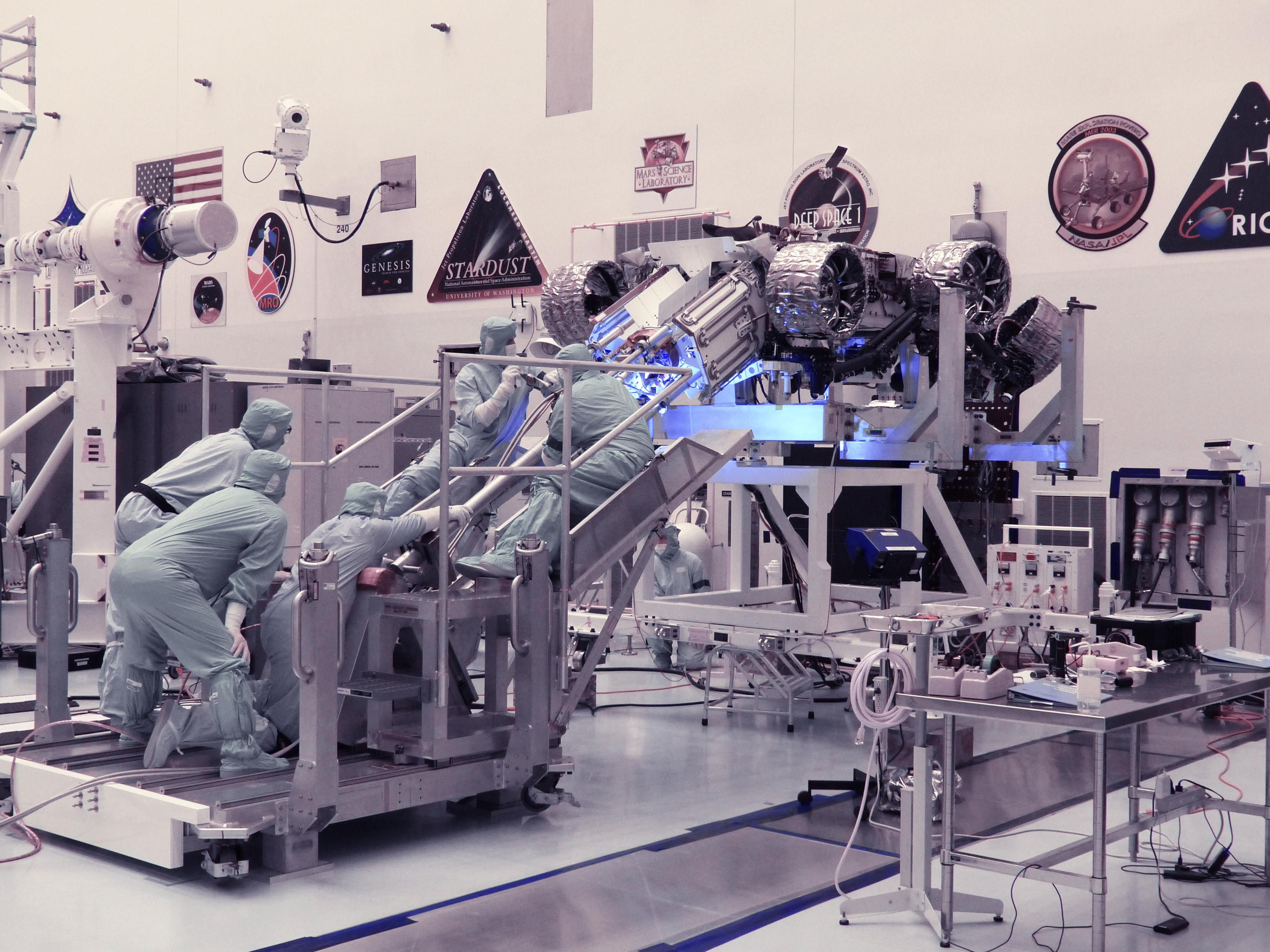NASA, working with the U.S. Department of Energy, invests in research and development efforts to meet the energy needs of missions requiring radioisotope power. NASA also works with DOE to maintain the capability to produce the MMRTG — short for Multi-Mission Radioisotope Thermoelectric Generator — which serves as the power source for the both the Curiosity and Perseverance rovers currently exploring the surface of Mars.
The Department of Energy owns the nuclear material and the nuclear power systems, and directly manages the design and development of all radioisotope power systems used by NASA.
The RPS Program enables more capable future space missions by supporting the development of advanced technologies for power conversion using heat from the natural decay of plutonium-238. The program also is developing and testing energy conversion technologies and systems that could enable or significantly enhance the effectiveness of future space science missions where radioisotope power may be required.
NASA's current investments in the RPS development program include researching new technologies to improve future systems, and performing mission studies.
The RPS Program is a multi-center, multi-state effort, managed by NASA's Glenn Research Center (GRC) for NASA Headquarters, NASA's Jet Propulsion Laboratory (JPL) and the Johns Hopkins University Applied Physics Laboratory (JHUAPL). The program reports to the leadership of the NASA's Science Mission Directorate's Planetary Science Division at NASA Headquarters in Washington, DC.
Glenn Research Center leads program planning, financial and scheduling activities. JPL provides support for program planning and mission analysis, as well as continued research and development of thermoelectric technologies employed by Radioisotope Thermoelectric Generators, or RTGs. JPL also supports launch approval engineering, which is concerned with engineering, communication and regulatory issues related to the safe launch of radioisotope power systems. The Johns Hopkings University Applied Physics Laboratory supports the program with mission and systems analyses.
All questions about the Radioisotope Power Systems Program should go to NASA-RPS@mail.nasa.gov

